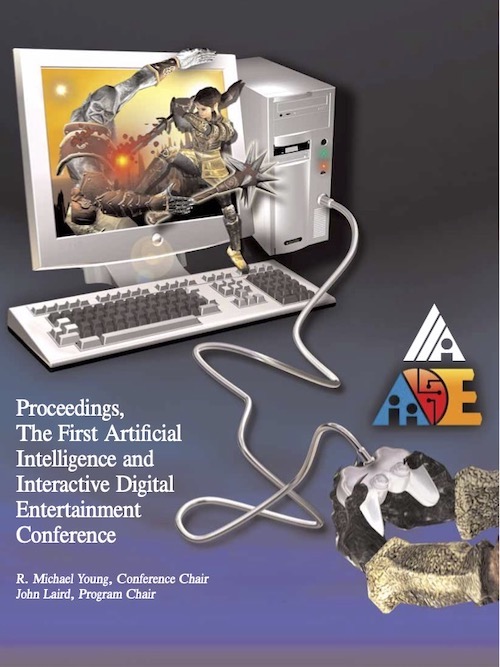Negative Behavior Space in the Design of Interactive Agents
DOI:
https://doi.org/10.1609/aiide.v1i1.18728Abstract
When defining the behavioral repertoire of an interactive artificial intelligence, it is helpful for designers to have a systematic way to specify which behaviors the AI will be able to perform and which behaviors it will not. The idea of a behavior space is often used in designing and implementing the behaviors that the AI will be able to perform. This paper proposes the idea of a “negative behavior space” – a set of behaviors that will explicitly not be implemented – as a useful concept for the development of AIs for games and other interactive media. Examples of negative behavior spaces are given from the development processes of two interactive installations: AlphaWolf, which was exhibited in the Emerging Technologies program at SIGGRAPH 2001, and the Virtual Raft Project, which will be shown in the Interactivity program at CHI 2005 and in the Emerging Technologies program at SIGGRAPH 2005. By explicitly excluding certain sets of behaviors from the development of an AI, designers may create interactive experiences that are clearer and more enjoyable for the player, and may also make their own work easier.

